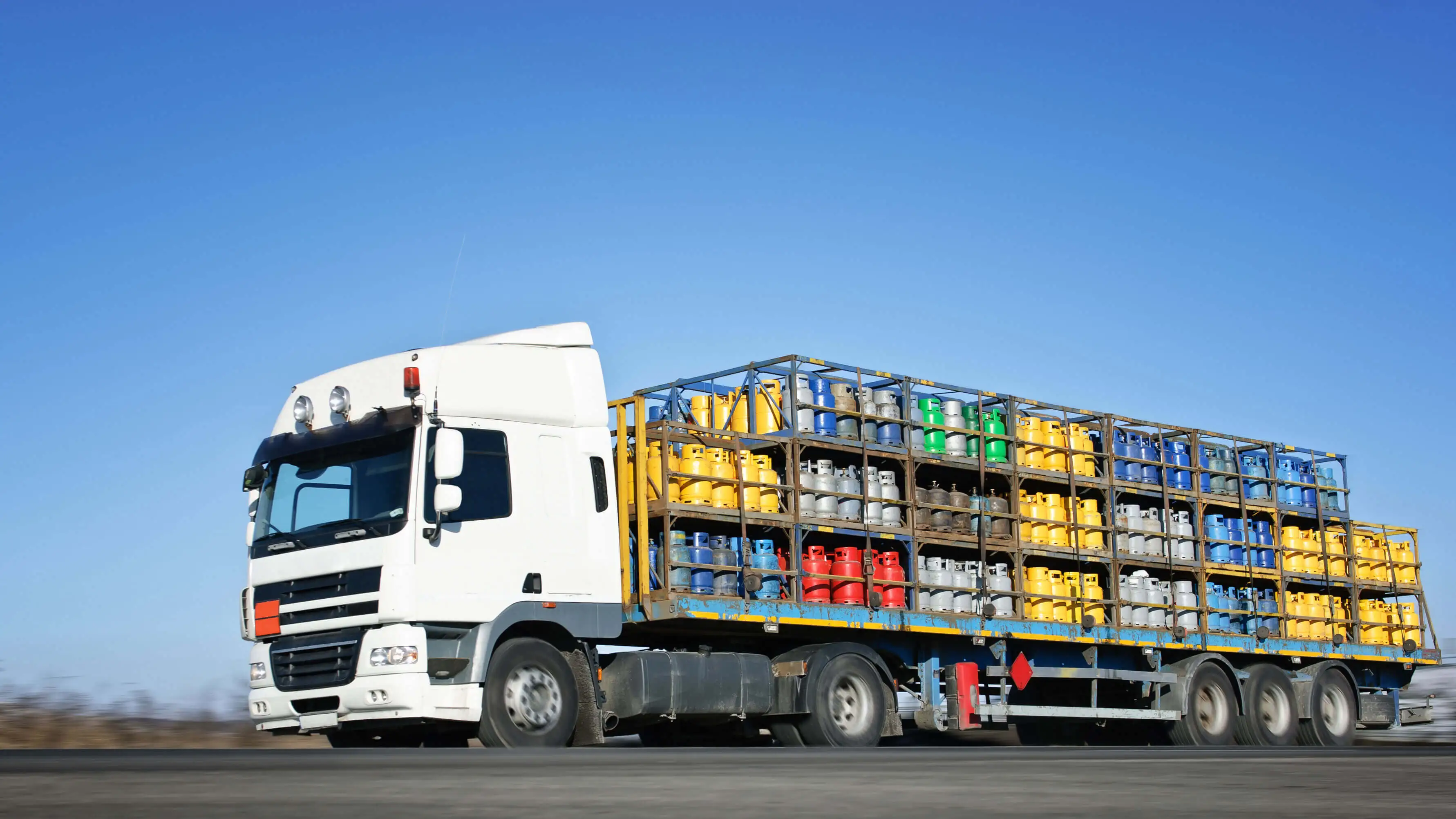
Transshipment of Specialized Freights: Things to Consider
In any industry, a business’s decision to specialize must be preceded by several considerations, particularly regarding efficiency and demand. Yet the road transport industry, which accounts for over 50% of EU freight transport, has its own particularities that must be taken into account for each form of specialization. To give you an idea of to what extent different road transport specializations harbor their own requirements, let’s take a look at the following considerations of certain transport specializations.
TEMPERATURE -CONTROLLED TRANSPORT
The first successfully carried out refrigerated road transport took place in 1925 at the hands of the ice cream industry. Since then, temperature-controlled transport has expanded towards pharmaceutical, seafood, dairy, plant, and even more industries. While these industries are wide-reaching and offer a strong opportunity at transport specialization, it’s worth noting the few setbacks.
For example, trucks carrying refrigerated freights have less carrying capacity than non-refrigerated trucks due to the extra layer of insulation along each of the walls or packages. Furthermore, the refrigeration equipment adds enough weight to the load so that movement and speed is also affected.
Additionally, depending on the temperature desired, certain necessary accommodations require according paperwork and permits. For example, when using dry ice to control temperature, one must provide correct ID, classification, markings and labeling on each outer packaging.
In other words, while temperature-controlled shipments are certainly popular, they require a good deal of forethought.
LIVESTOCK TRANSPORT
When transporting livestock in Europe, transporters must be aware of the certain laws and regulations that exist to protect animals from unnecessary harm. These laws and regulations are strictly upheld by a number of legal documents and subsequent checks. Yet in addition to these laws, there are more specific factors that transporters should be wary of on their own.
For example, transporters must account for the grazing, watering, and resting of different animals – the frequency of which depends on the animal. Time of day, too, plays a role in transporting livestock, as increased temperature also leads to a higher risk of heat stress and mortality during transportation. Animals, especially pigs, should thus be transported in early mornings or cooler nights.
Furthermore, wind chill and feeding times are factors to be considered, as wind chill can significantly reduce body temperature, and pigs can suffer from heart failure if fed too close to departure. And, of course, mixing certain animals (i.e. horned and hornless animals) should also be avoided.
While specializing in livestock transport could lead to the handling of some cute piglets, one must be aware of the animal-specific requirements throughout the transport process.
TRANSPORT OF RADIOACTIVE MATERIAL
Transporting radioactive material, though comparatively rarely done, can be as dangerous as it sounds. Still, about 20 million consignments of radioactive material are transported globally each year on public roads, railways, and ships – contributing to the use of medicine, power generation, research, and product quality testing. That’s why the EU has passed a number of directives in accordance with IAEA recommendations that seek to keep European roads free of radioactive material leaks or accidents.
For example, since the Postal Service began allowing the transport of radioactive material in 1939, transporters must package and label their shipments according to strictly kept laws. Furthermore, when transporting radioactive material in the EU, operators must notify national authorities about these shipments. These operators must also be trained in basic radiation science and in radiation emergency safety. And, of course, the casks in which these materials are held must undergo testing, including collision, burning, and submersion tests.
As such, specialization in the transportation of radioactive material requires extreme commitment, as the safety of surrounding populations depends on operator competence.
TRANSPORT OF "ABNORMAL" SHIPMENTS
The European single market and single economy has made the lives of many easier. Yet each Member State has maintained its own legal requirements for the securing and shipping of oversized or overweight freights, requiring operators to know their stuff when specializing in such transport. The term “abnormal” applies to freights that are either oversize or overweight, necessitating further considerations for operators.
Considering up to 25% of truck accidents are linked to poorly secured cargo, each state’s concern with these regulations can be understood. Yet in journeys covering more than one EU Member State, operators must be sure to comply with differing requirements not only in the securing of cargo, but in regards to the cargo size as well. Furthermore, if overweight or oversized freights breach a particular maximum, operators must apply for a special permit, allowing them to transport that freight in accordance with further regulations.
As such, when deciding to specialize in “abnormal” shipments, its worth doing some research into the specific countries you’re most likely to work within and their legal requirements for securing and size.
AND OF COURSE, RETURN SHIPMENTS
While each specialization brings along its particular pros and cons to operators, there is one con that plagues all specialization in transportation: return trips. The more specialized a transport business, the less flexible its vehicle, driver, and clients. Consequently, while operators may benefit from being the few providers that offer the transport of, say, radioactive material, they will lose out on the fact that the demand for such transport is much weaker than that of more general freights.
So it is, one of the very basic questions of economics; to specialize, or to not specialize? Luckily, a freight marketplaces and platforms such as Teleroute exist to make this process more efficient both for shippers and carriers, allowing suppliers and demanders of the aforementioned specializations to pair up and deliver products in a safe, legal, and efficient manner.
